How to Write a Formal Letter Template
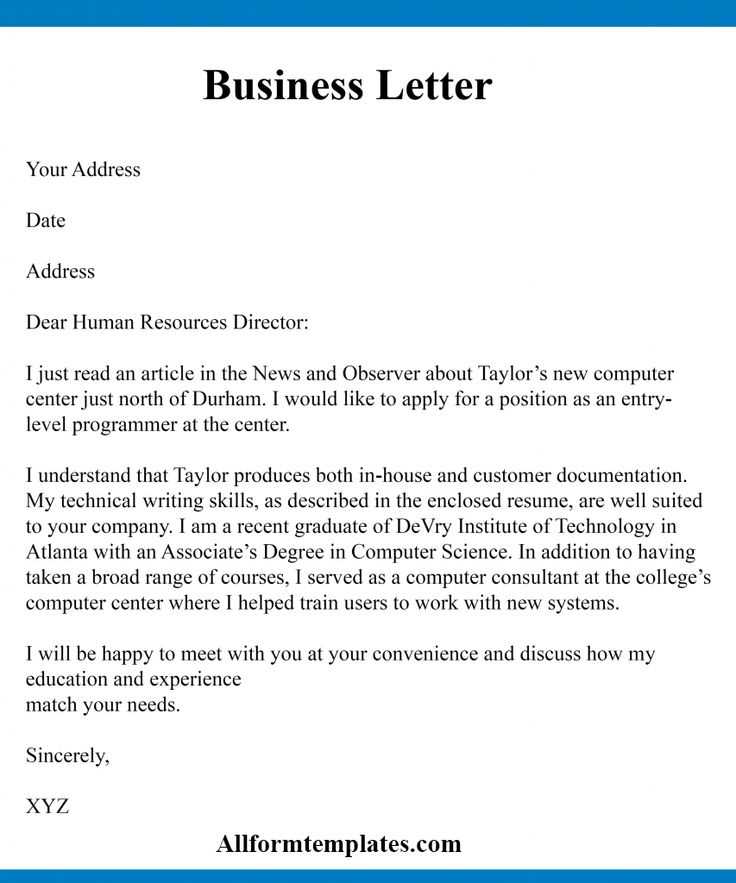
Clear and concise communication is essential in any professional setting. Crafting a well-structured document ensures that your message is understood and leaves a lasting impression. Whether it’s addressing a colleague, a client, or a business partner, knowing how to format and express your thoughts effectively is a crucial skill.
Effective business correspondence requires attention to detail, as the way you present your message can influence the outcome. Proper structure, tone, and clarity are key elements that elevate your communication. In this section, we will explore the fundamental aspects that contribute to successful professional writing.
From organizing your ideas to choosing the right phrases, this guide will walk you through the necessary steps to create impactful documents. You will learn how to present yourself and your intentions in the most professional manner, ensuring that your message resonates with your audience.
Essential Components of a Formal Letter
To ensure clarity and professionalism, it’s important to follow a structured approach when creating any type of business correspondence. Each section of the document plays a vital role in conveying your message effectively. Understanding the key elements will allow you to present your ideas in a polished and organized manner.
The first component is the sender’s contact details, followed by the recipient’s information. This establishes the context and clearly indicates who is addressing whom. After that, a formal greeting sets the tone for the communication, followed by the body, where the main message is delivered in a precise and respectful manner.
Finally, a polite closing ensures that the correspondence ends on a professional note. Adding your signature or sign-off shows both authenticity and attention to detail, reflecting the level of professionalism maintained throughout the document.
Choosing the Right Tone and Style
When engaging in professional communication, the way you express your thoughts can significantly impact how your message is received. Adapting your tone and style to suit the context and audience is crucial for effective interaction. A well-considered approach ensures that your communication is both clear and respectful, creating the right impression.
Understanding the Audience
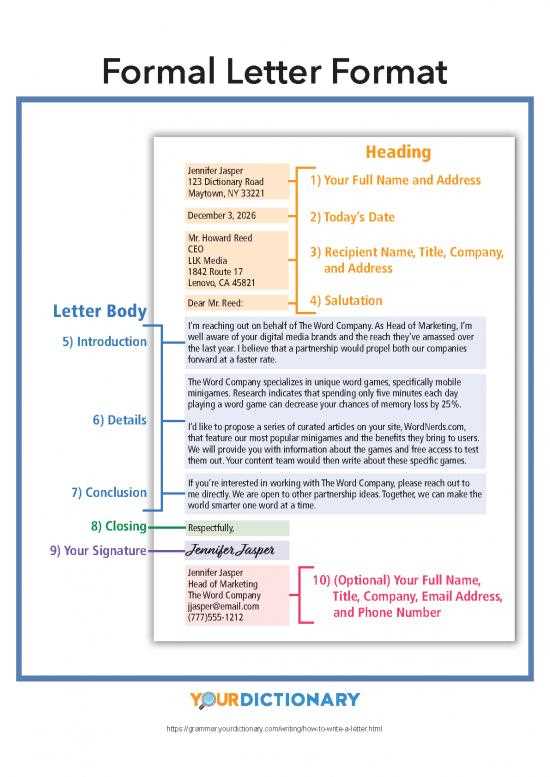
Before crafting your message, consider the recipient. Whether you’re addressing a colleague, client, or superior, adjusting the level of formality and language will help establish a respectful and appropriate tone. For example, when communicating with a senior executive, it’s important to maintain a more reserved and polished style, while a less formal approach may be suitable for colleagues.
Balancing Professionalism and Warmth
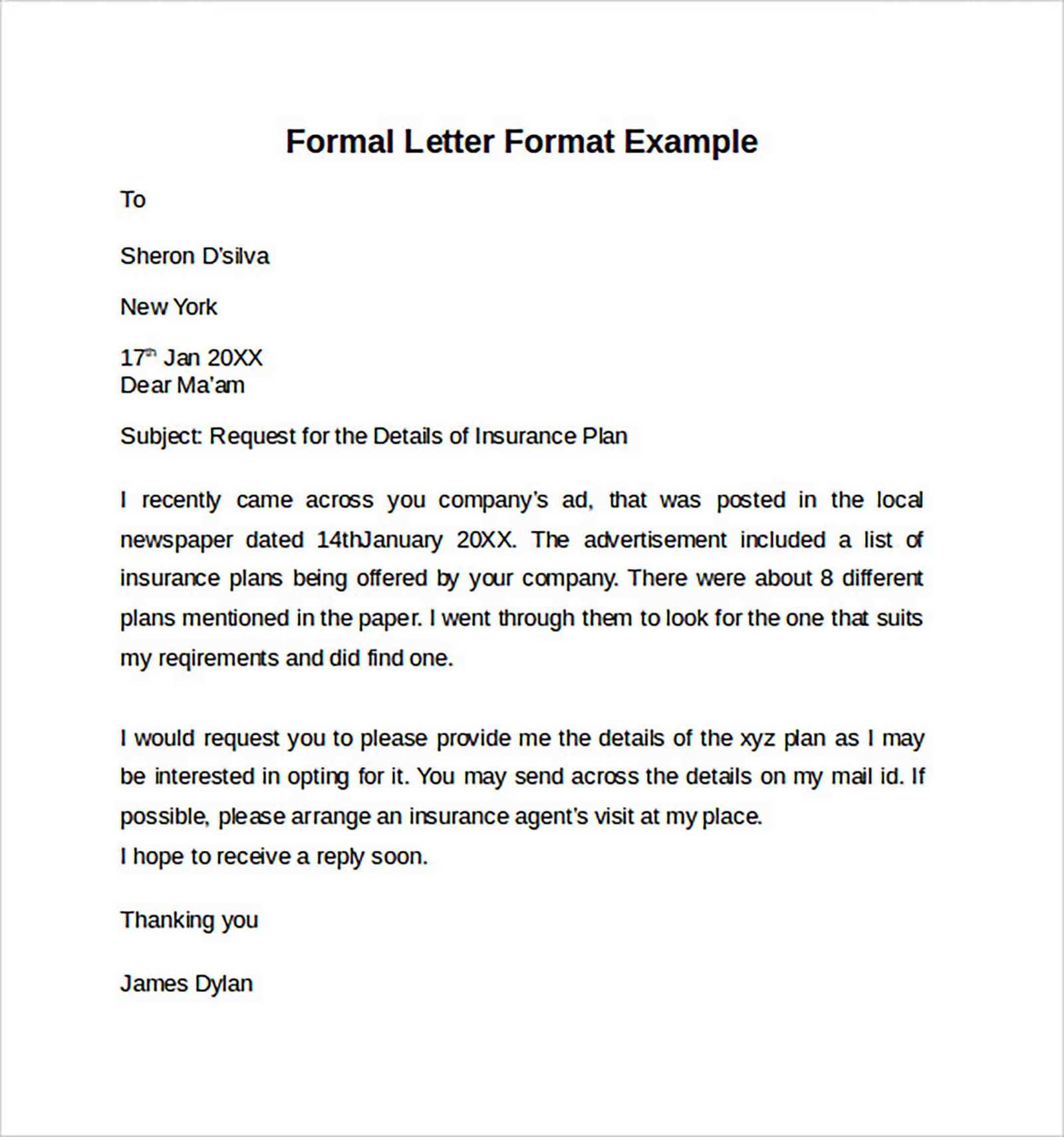
Striking the right balance between professionalism and warmth is essential. Too much formality can come across as distant, while being overly casual may undermine your message. It’s important to show respect and consideration while still maintaining an approachable tone. Modulating your language can make the difference between a cold, impersonal statement and a well-received communication that fosters cooperation.
Step-by-Step Guide to Writing Letters
Creating a professional document involves a systematic approach to ensure clarity and precision. By following a structured process, you can effectively convey your message while maintaining a professional tone. Each step is designed to help organize your thoughts and present them in the most effective way possible.
The first step is to establish your purpose. Understand the reason for your communication and determine what you aim to achieve. Once you have a clear objective, proceed to outline the key points you wish to address. This will serve as the foundation for your message.
Next, begin drafting your content. Keep your language simple, yet respectful, focusing on delivering your message without unnecessary complexity. Afterward, review your draft for clarity and coherence. Make sure the structure flows logically, and adjust any phrasing that could cause confusion.
Finally, ensure that your closing remarks are courteous and reinforce the main message. Sign off appropriately to leave a professional impression, remembering that the conclusion of your message is just as important as the introduction.
Formatting Tips for Professional Letters
The presentation of your message is just as important as its content. Proper formatting ensures that your communication is not only easy to read but also reflects professionalism. A well-organized document helps the recipient focus on the message, making a positive impact from the first glance.
Structuring the Content
Start with clear sections, including the sender’s and recipient’s details, followed by a greeting. Each part of the document should have adequate spacing, making it visually appealing and easy to navigate. The body of the communication should be broken into short paragraphs, each covering a single point or idea.
Using Appropriate Fonts and Margins
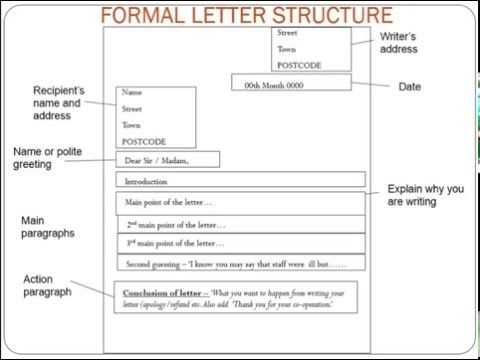
Choose a simple, professional font, such as Arial or Times New Roman, and ensure the font size is readable, typically around 11 or 12 points. Maintain consistent margins, usually around 1 inch on all sides, to provide balance and enough white space for clarity. Proper alignment and consistent formatting make your document appear organized and thoughtful.
Common Mistakes in Formal Letters
Even the most well-intended messages can lose impact if not crafted properly. Several pitfalls can undermine the effectiveness of your communication, from improper structure to careless language choices. Avoiding these common errors is key to ensuring your message is both professional and well-received.
One of the most frequent mistakes is neglecting to check for clarity and coherence. Overly complex sentences or poor organization can confuse the reader. Additionally, failing to use a respectful tone or choosing an inappropriate level of formality can detract from your message’s credibility.
Another issue is disregarding basic formatting standards. Using inconsistent fonts, improper margins, or lacking proper spacing can make the document difficult to read, affecting its overall impact. Lastly, remember to proofread for spelling and grammar errors, as even minor mistakes can reduce the professionalism of your communication.
How to Personalize Your Letter
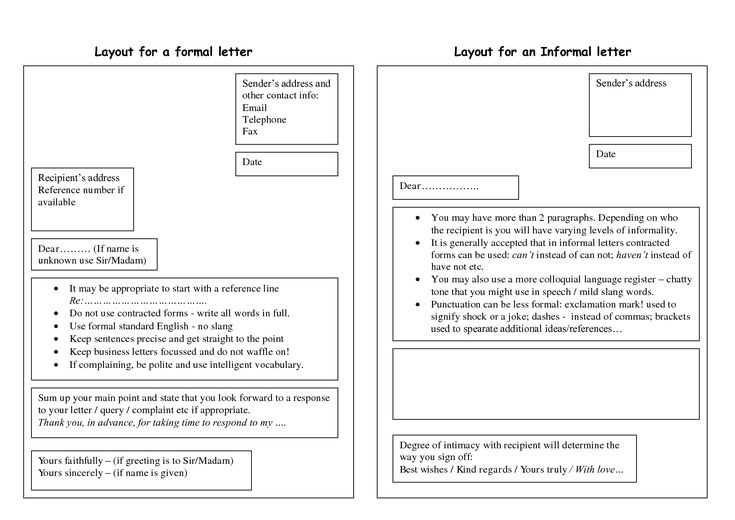
Tailoring your communication to the recipient adds a personal touch that can make your message stand out. Personalization goes beyond just addressing the person by name; it involves making the content relevant and engaging for the specific individual or group you are reaching out to.
Key Strategies for Personalization
- Use the recipient’s name: Always address the individual directly to create a more personal connection.
- Reference previous interactions: If applicable, mention any past conversations or encounters to show attentiveness.
- Adapt the tone: Adjust your tone based on the recipient’s role, relationship, and the purpose of the message.
- Include specific details: Incorporate information that is relevant to the recipient, showing you’ve put thought into the message.
When Not to Over-Personalize
- Avoid using overly casual language in professional settings.
- Don’t share personal or irrelevant information that might distract from the purpose of the communication.
- Maintain a balance, ensuring the message still serves its main objective.